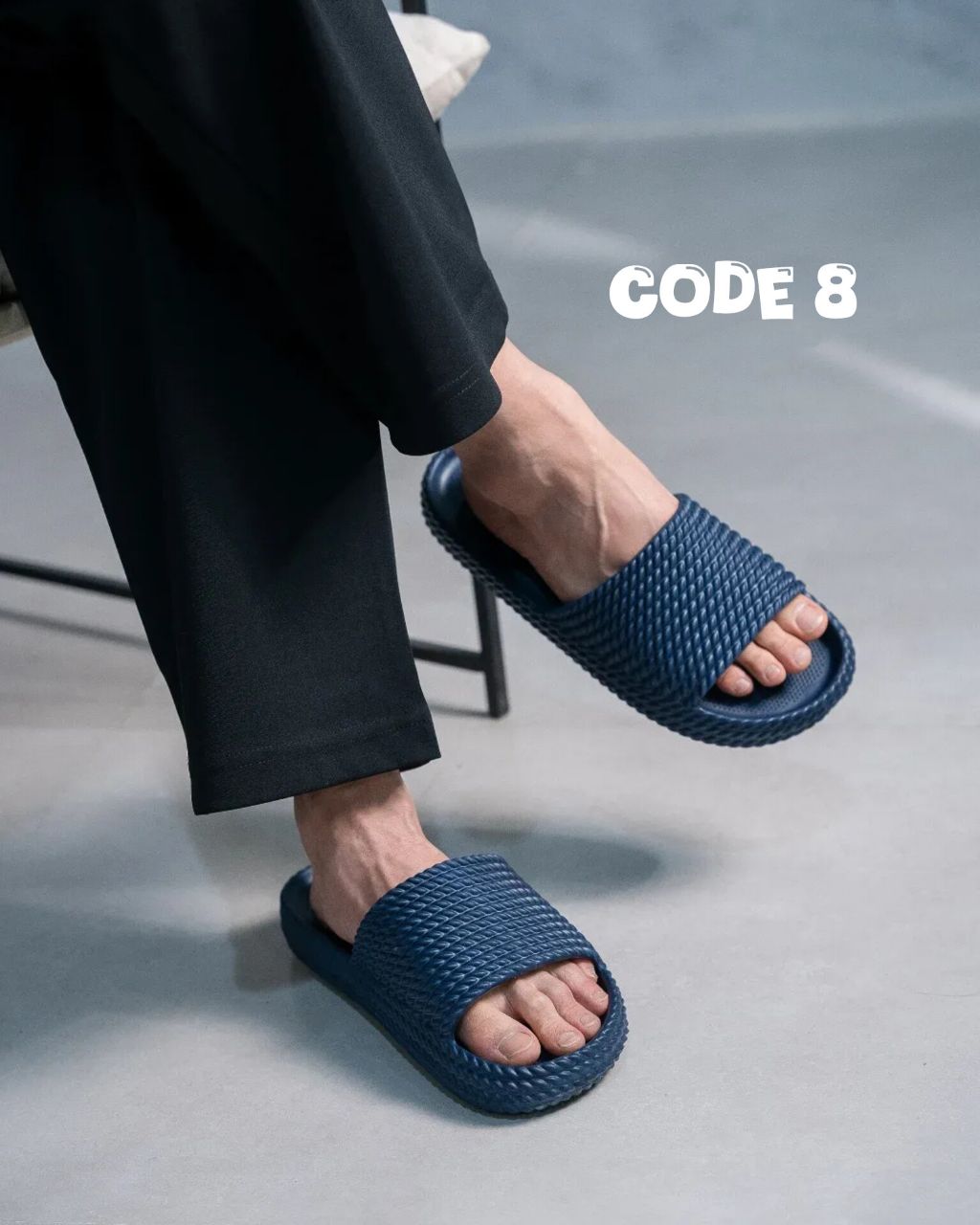PU Sole or Polyurethane? A Smart Choice for High-Quality Shoe Production
what will you read...
What is Polyurethane (PU)?Advantages of PU SolesDisadvantages of PU SolesIs PU Suitable for All Types of Shoes?What is P.U and How Does It Differ from PU?Advantages of P.U SolesDisadvantages of P.U SolesWhich Option is Best for Your Business?For bulk sole purchases or further consultation, feel free to contact us!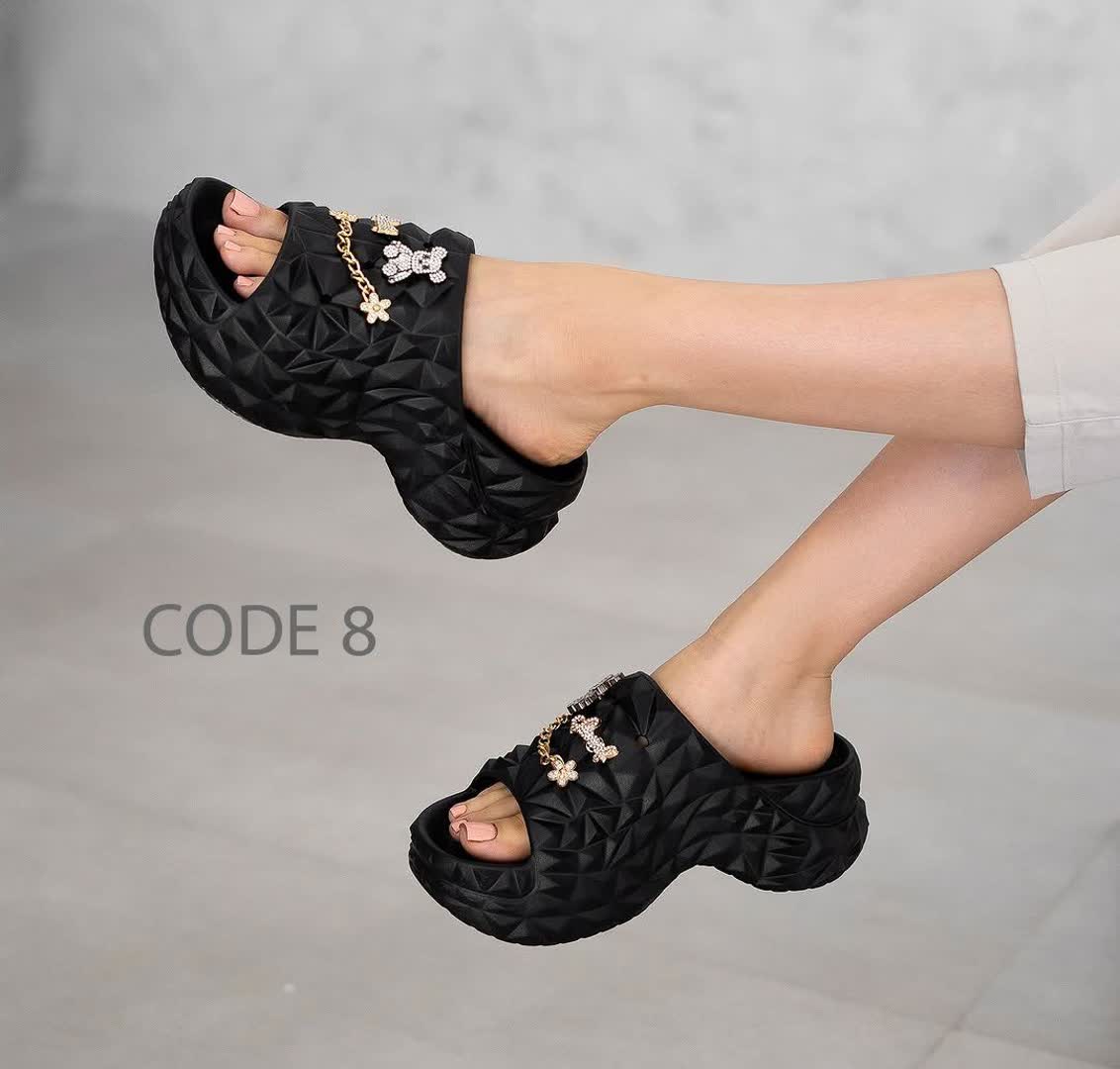
Choosing the right sole for shoes is one of the most important decisions in shoe manufacturing and wholesale purchasing. The shoe sole not only affects comfort and durability but also plays a crucial role in determining the final price of the product. In this article, we will examine two common materials used in shoe soles—PU (Polyurethane) and P.U.—to see which option is better for your business.
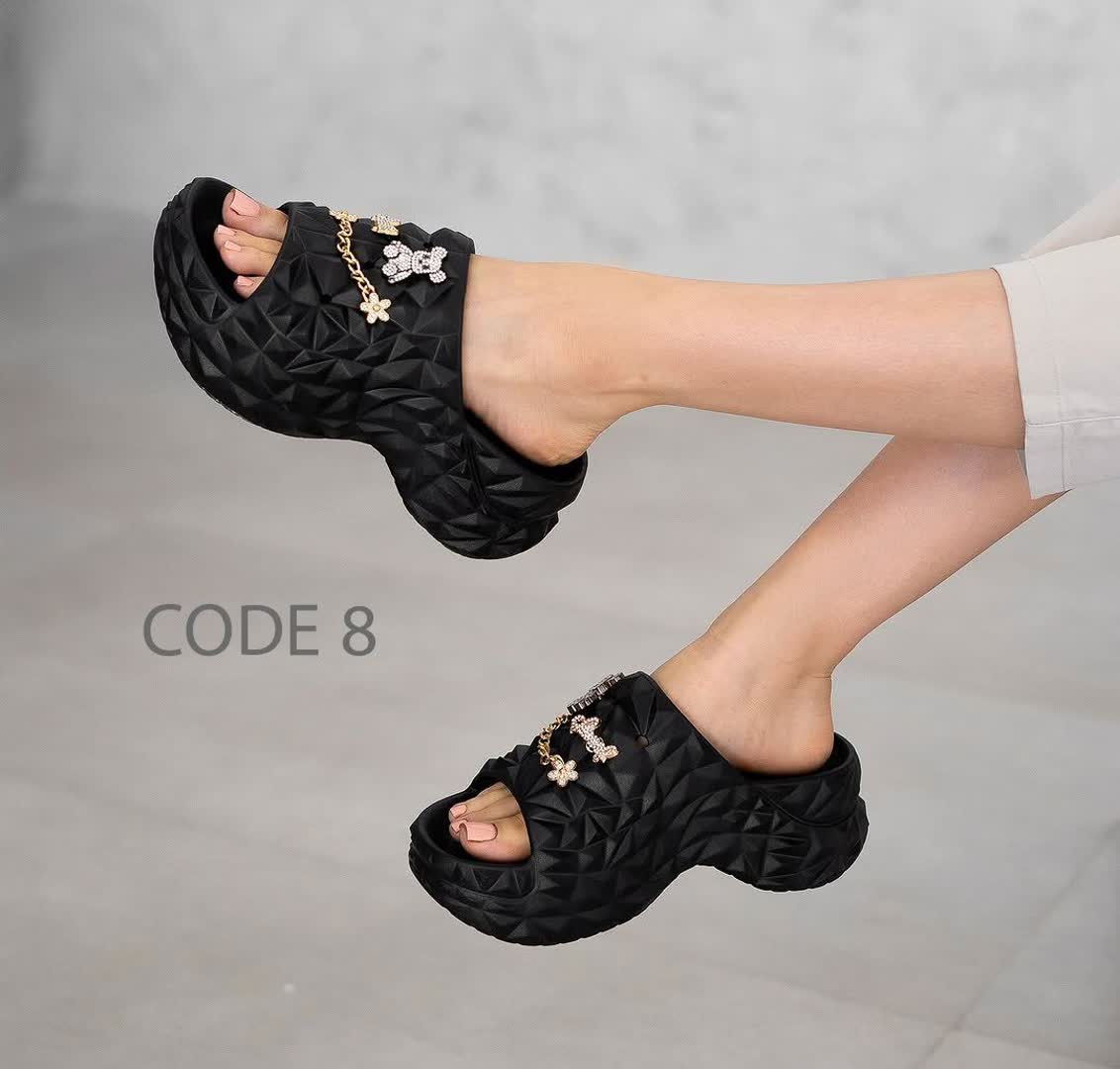
What is Polyurethane (PU)?
Polyurethane is a polymer material widely used in the footwear industry due to its lightweight, flexibility, and high resistance. It is made by combining isocyanate and polyol, resulting in a cellular structure that reduces shoe weight and enhances shock absorption.
Advantages of PU Soles
– Lightweight and Comfortable: Shoes with PU soles weigh less, providing extra comfort for prolonged use.
– High Flexibility: This feature prevents cracking and breaking of the sole.
– Good Thermal Insulation: PU withstands temperature changes and helps keep the foot at a comfortable temperature.
– Wear-Resistant and Durable: It offers excellent resistance to abrasion and continuous pressure, increasing the shoe’s lifespan.
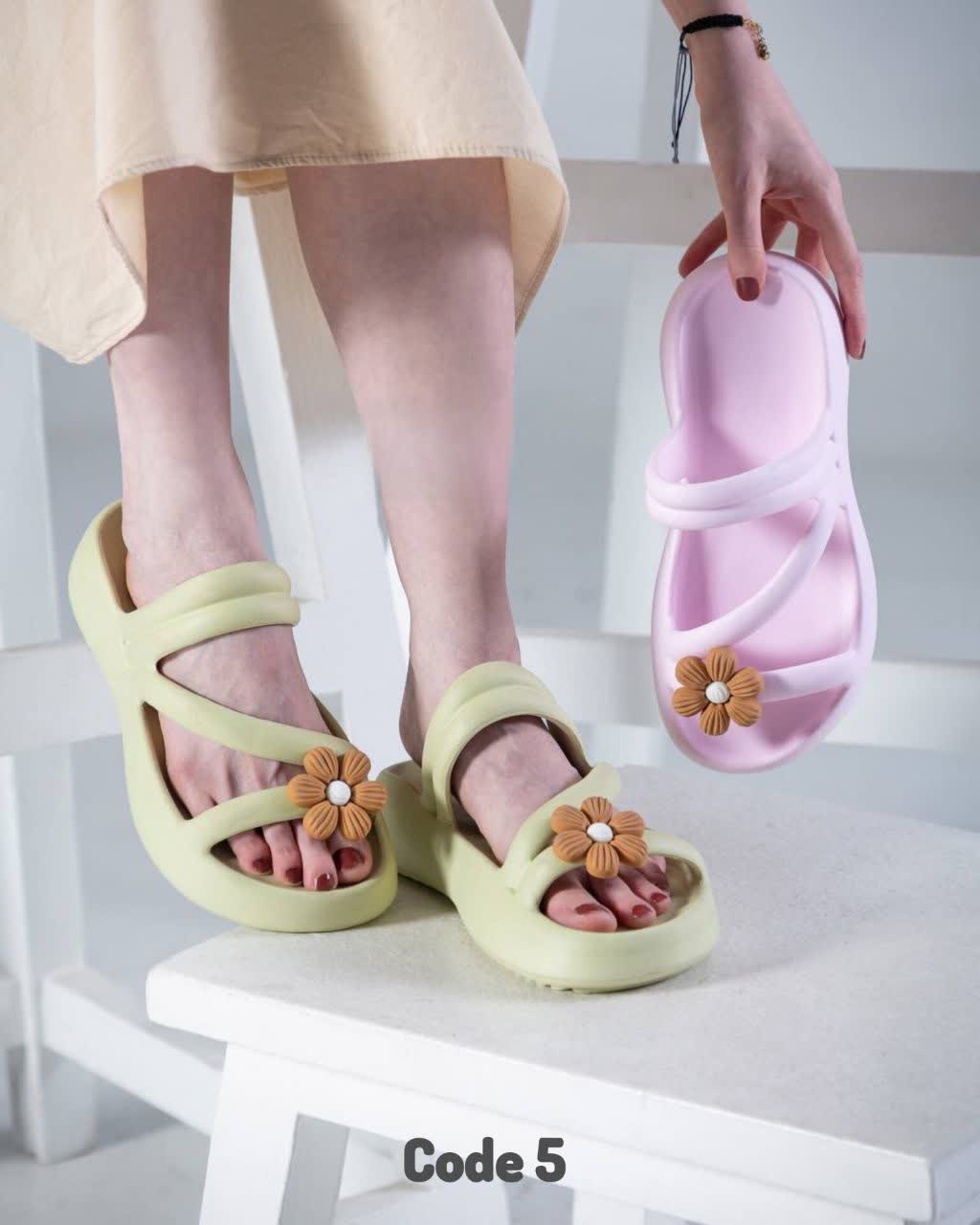
Disadvantages of PU Soles
PU may absorb some moisture in very humid environments and has a higher production cost compared to some other materials.
Is PU Suitable for All Types of Shoes?
PU is an excellent choice for casual, sports, formal, and orthopedic shoes. However, for safety or military footwear that requires extra toughness, other materials might be preferable.
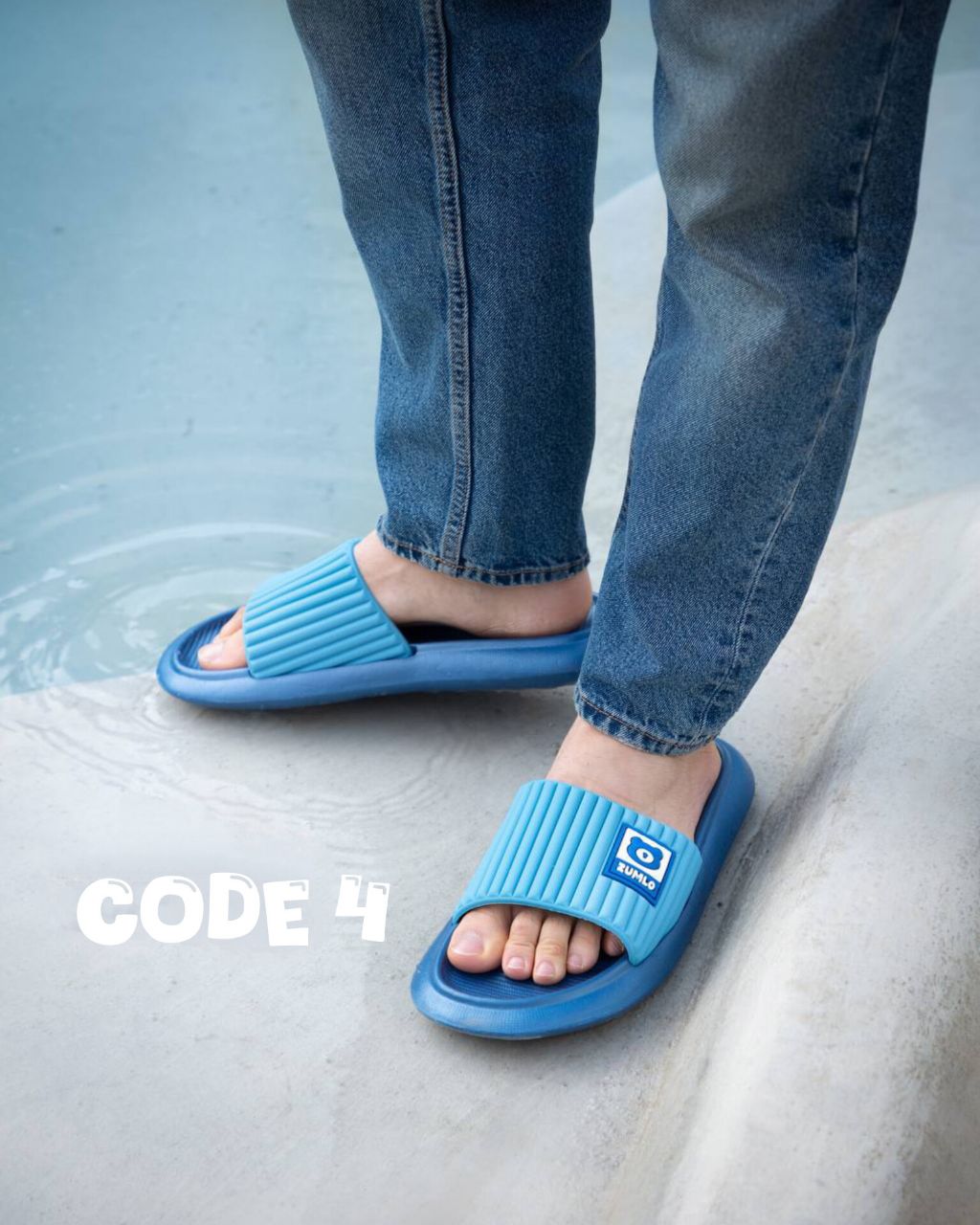
What is P.U and How Does It Differ from PU?
P.U is also polyurethane, but in the shoe industry, this term specifically refers to a particular type of sole produced through direct injection molding.
Advantages of P.U Soles
– Lower Density and Lighter Weight: It is lighter than regular PU, reducing pressure on the foot.
– Slip-Resistant: Its structure provides high friction, preventing slipping.
– Flexible and Crack-Resistant: Performs well in both cold and hot weather.
– Resistant to Oils and Chemicals: Making it ideal for industrial environments.
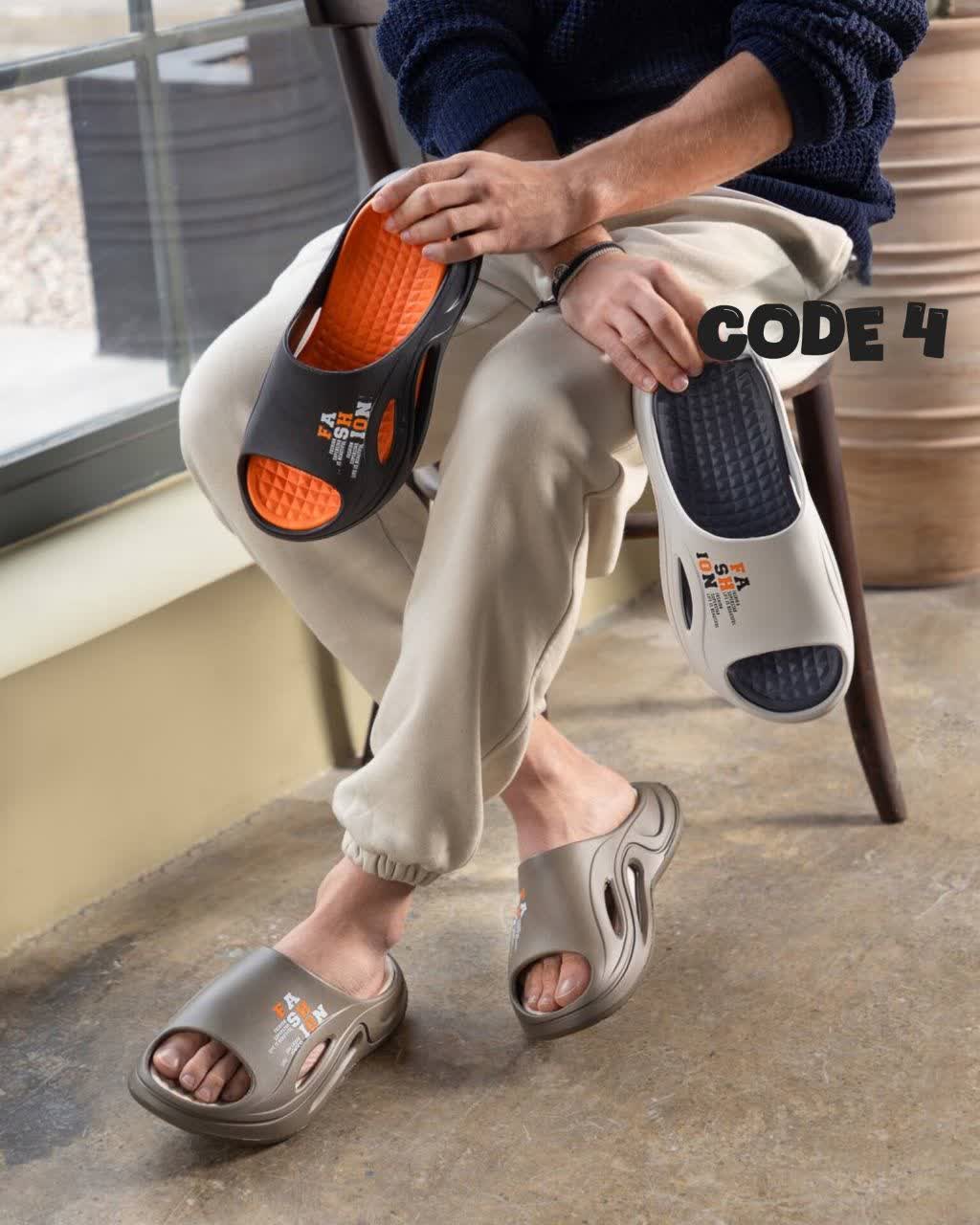
Disadvantages of P.U Soles
P.U soles are more expensive than PVC or rubber soles and are more prone to punctures and cuts, making them less durable in harsh environments.
Which Option is Best for Your Business?
If you prioritize comfort, flexibility, and lightweight design, PU is the best choice. However, if you need higher resistance to slipping and moisture, P.U may be the better option. Ultimately, your decision should be based on your target market and the type of footwear you manufacture or distribute.
